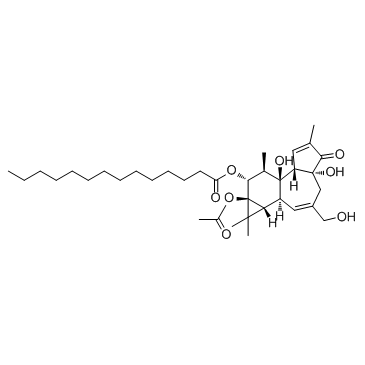SpringerPlus
2015-01-01
Prolonged exposure to neutrophil extracellular traps can induce mitochondrial damage in macrophages and dendritic cells.
Luis Donis-Maturano, Luvia E Sánchez-Torres, Arturo Cerbulo-Vázquez, Rommel Chacón-Salinas, Gina S García-Romo, Mariana C Orozco-Uribe, Juan C Yam-Puc, Marco A González-Jiménez, Yuriria L Paredes-Vivas, Juana Calderón-Amador, Sergio Estrada-Parra, Iris Estrada-García, Leopoldo Flores-Romo
Index: Springerplus 4 , 161, (2015)
Full Text: HTML
Abstract
Neutrophils are one the earliest, crucial innate defenses against innumerable pathogens. Their main microbicidal activities include phagocytosis and degranulation, with many pharmacologically active molecules contributing to inflammation. Recently, a novel antimicrobial mechanism was discovered; the Neutrophil Extracelullar Traps (NETs) formed by extrusion of DNA and associated molecules (histones, elastase, antimicrobial peptides, among others) which trap and kill microorganisms. Since NETs were recently described, research has focused on their induction and microbicidal properties, and recently on disease involvement. However, the functional consequences of NETs interacting with other immune cells, either resident or recruited during early inflammation, have not been assessed. We therefore investigated the consequences of exposing two major APCs, macrophages (Mfs) and conventional Dendritic Cells (cDCs) to NETs. Our data revealed that at early times (30 min), both Antigen Presenting Cells (APCs) showed induction of important costimulatory molecules (CD80, CD86). Unexpectedly, however, at later times (6 and 24 hours) NETs apparently triggered a cell death process in these APCs by a caspase- and Apoptosis induced factor (AIF)-dependent pathway, suggesting mitochondrial damage. By rhodamine-123 labelling we found that in both APCs, relatively prolonged exposure to NETs or their components importantly decreased the mitochondrial membrane potential. Ultrastructural analysis confirmed mitochondrial alterations in both APCs. Our results would suggest that early in inflammation, NETs can activate the two main APCs (Mfs and cDCs), but as the process continues, NETs can then initiate apoptosis of these cells through mitochondrial harm. Conceivable, this "late" induction of cell death in these two APCs might start limiting an ongoing inflammatory process to control it.







